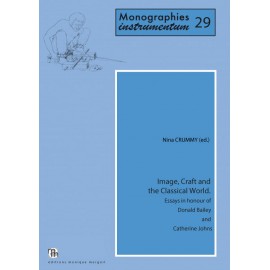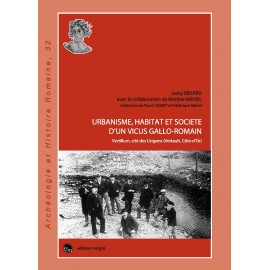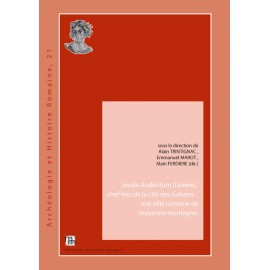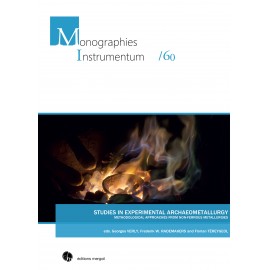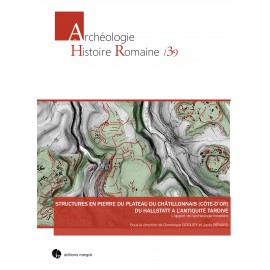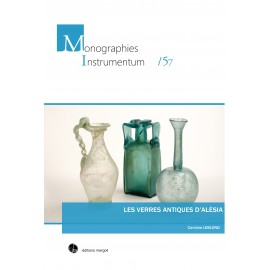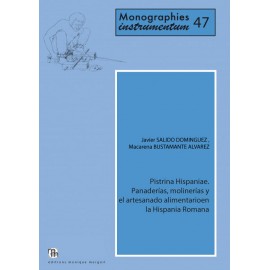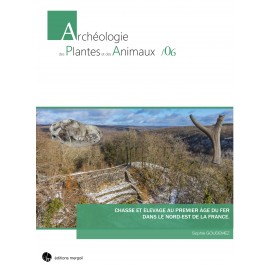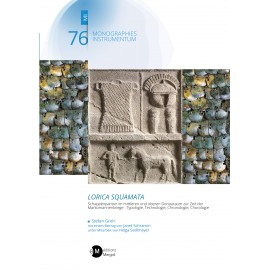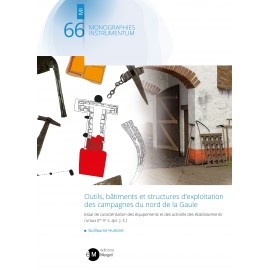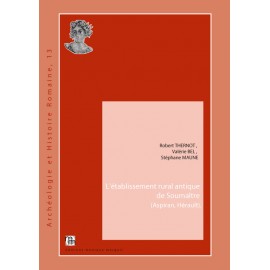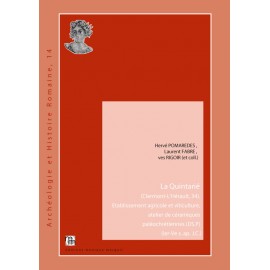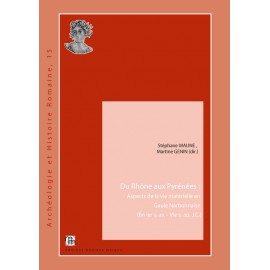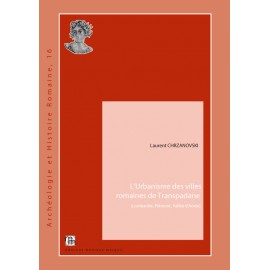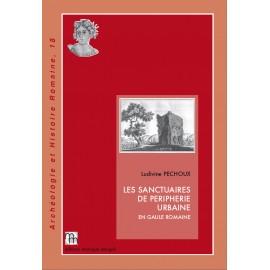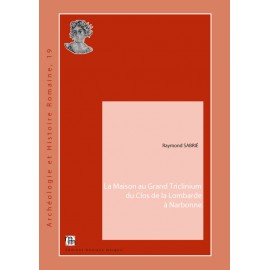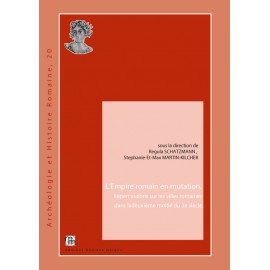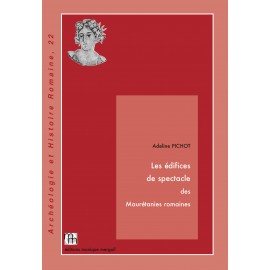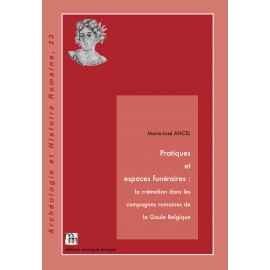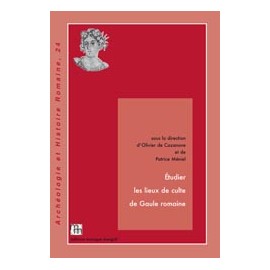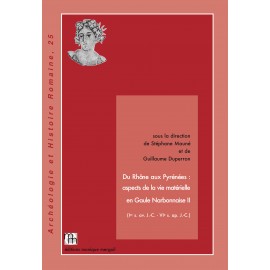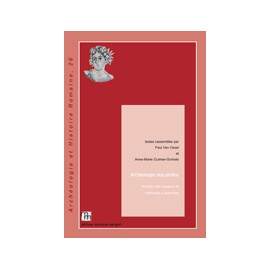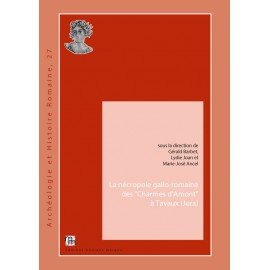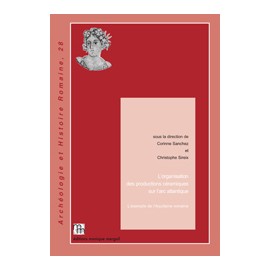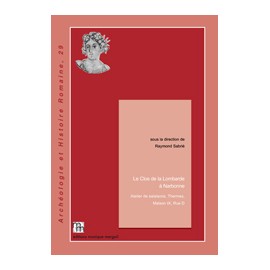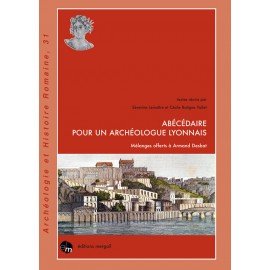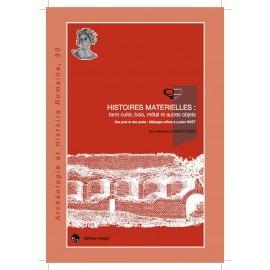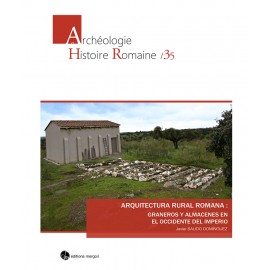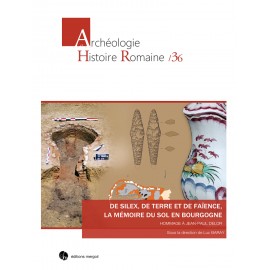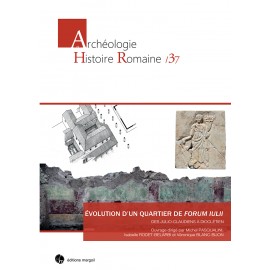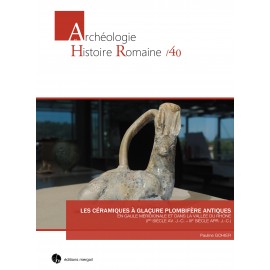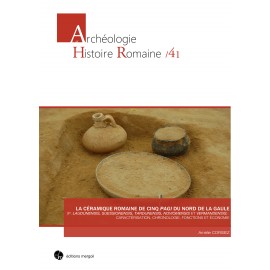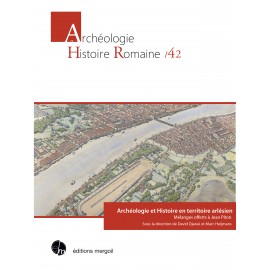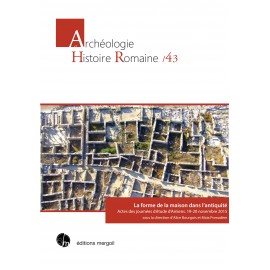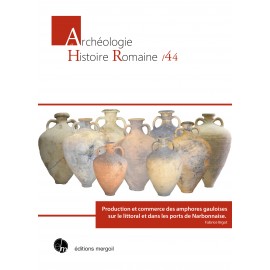Cart 0 Product Products (empty)
No products
Free shipping! Shipping
0,00 € Tax
0,00 € Total
Prices are tax included
Product successfully added to your shopping cart
Quantity
Total
There are 0 items in your cart. There is 1 item in your cart.
Total products (tax incl.)
Total shipping (tax incl.) Free shipping!
Tax 0,00 €
Total (tax incl.)
Archéologie et Histoire Romaine
- Archéologie et Histoire Romaine
- Archéologie Moderne et Contemporaine
- Archéologie des Plantes et des Animaux
- Archéologie du Paysage
- Archives & Histoire de l'Archéologie
- Europe Médiévale
- Monographies Instrumentum
- Préhistoires
- Protohistoire européenne
- Research Protocols
- Off collections
- Les cahiers de saint-michel de Cuxa
- Second-hand
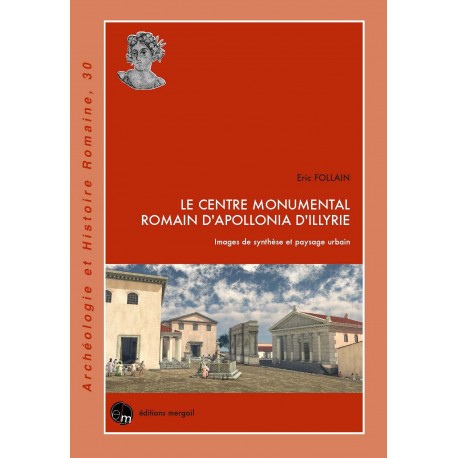 View larger
View larger Le centre monumental romain d'Apollonia d'Illyrie.
AHR-30
New
Eric FOLLAIN - AHR-30 - Le centre monumental romain d'Apollonia d'Illyrie- Images de synthèse et paysage urbain, 2015, 250p, 224 ill. (ISBN :978-2-35518-048-4)
More info
PREFACE et AVANT PROPOS
1- INTRODUCTION
2- METHODOLOGIE
3- LES AMENAGEMENTS ANTERIEURS
4- LA VOIRIE
5- LES BOUTIQUES
6- L'AGYIEUS DIT "OBELISQUES"
7- L'ARC HONORIFIQUE
8- LE MONUMENT DES AGONOTHETES OU BOULEUTERION
9- LE TEMENOS ET SON TEMPLE
10- L'ODEON
11- LE SACELLUM
12- LA BIBLIOTHEQUE
13- CONCLUSION
During the Roman period, “Apollonia of Illyria”, a Greek settlement in Albania, knew several phases of construction and development. This is demonstrated by the study of the monumental center which was the object of excavations supervised by a French archaeologist Léon Rey at the beginning of the XXth century. After World War II, Albanian teams pursued the researches. They realized the restorations and the current presentations. The monumental center is organized around two main buildings, the Odeon and the “monument of Agonothetes”. These meeting places give evidence of the public character of this part of the city, just like the existence of a triumphal arch built later on. Shops also prove the commercial function of the place. Then, the religious function is illustrated by an ionic temple surrounded by a portico associated with a building named “prytaneum’ and by a small sanctuary. Finally, a square building is either a library or an “Augusteum”. After an analysis of the visible vestiges and documentation, a report on the functions of the various monuments and a presentation of the comparative elements, the hypothesis of reconstructions will be proposed and transposed into computer-generated images. They will be assembled in a global vision of the roman monumental center at the beginning of the third century. Researches concerning the agora, localized a few hundred meters further, are not achieved yet, but this place could be the new agora, in the middle of the second century a.C.



